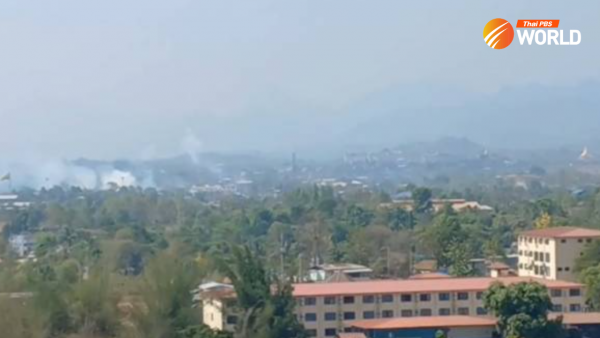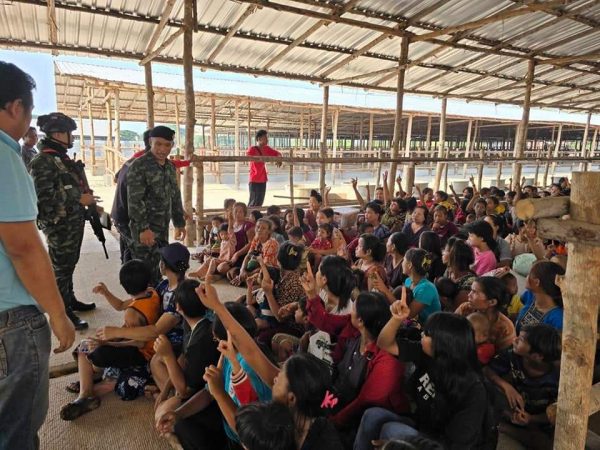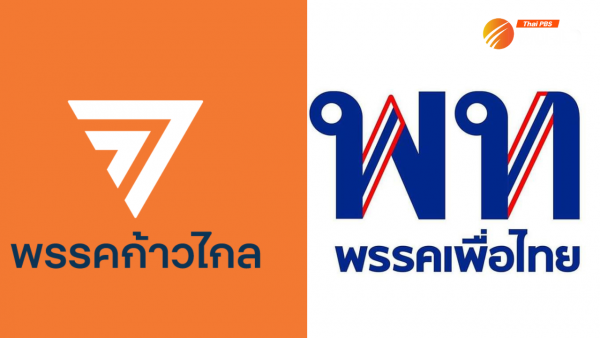Thammasat massacre exhibition a timely warning from history

Decades of silence surrounding the darkest day in Thailand’s modern history are being broken at a temporary museum on the site of the bloody October 6, 1976 massacre.
Assembled at Thammasat University’s Tha Prachan campus, the museum mixes factual accounts with haunting exhibits to provide a step-by-step guide of the atrocity and the milestones that led to it.
Among them is the “Red Gate” from a house in Nakhon Pathom neighbouring Bangkok, where two battered corpses were found hanging on September 24, 1976. The discovery sparked big protests, a momentous mock plaOctovy, twists, and finally an orgy of bloodletting.
The two victims, Wichai Kessripongsa and Chumporn Thumthai, were electricity officials, tortured and killed while protesting the return of Field Marshal Thanom Kittikachorn to Thailand. Ousted three years earlier on October 14 by a popular uprising, Thanom was widely dubbed a tyrant. Progressive Thais were appalled when Thanom, whose government was notoriously corrupt, was permitted to return and don the robes of a novice monk “as penance”.
“Khwaen” (Hang) Event
The museum and exhibition housed within is titled “Khwaen” (Hanged). At first the meaning seems obvious, given the now infamous photographs of victims lynched outside Thammasat University. But ambiguity lurks in the title; “khwaen” can also mean “suspended”, referring to the suspension of justice and also emotions left hovering.
“We present the facts here for experience-based learning, but we hope young visitors will seek more knowledge of October 6’s events after they leave the exhibition,” said Priyakorn Pusawiro, a creative technologist at King Mongkut’s University of Technology Thonburi and key contributor to the exhibition.
The museum uses mixed media including augmented reality to unveil the sights and sounds of the events on October 6, 1976.
Other key contributors are Thanapol Eawsakul of Fah Diew Kan (Same Sky) magazine, Pataraporn Puthong who has produced documentaries and an archive of the events of October 6 at (doct6.com), and architect Benjamas Winitchakul.
“While revisiting the past at this museum, we should think about how to prevent such things from recurring … what precautions we can take,” said Asst Professor Prajak Kongkirati, who teaches at Tammasat’s Political Science Faculty.
Run-Up to October 6 Incident
In 1976, Southeast Asia was in geopolitical turmoil as communist forces took control across the region. A year earlier, Thailand’s neighbour Laos had fallen to communist troops who ousted the monarchy while North Vietnam won the Vietnam war over South Vietnam. In neighbouring Cambodia, a genocide was taking place under the ruthless Khmer Rouge regime.
Thailand was struggling with a communist insurgency of its own, along with political instability and economic problems. Buoyed by the October 14 uprising’s success in bringing down a dictatorship, many Thais took streets to demand a more just society.
The protests were given impetus when word spread that two widely vilified leaders exiled after the uprising were heading back to Thailand.
On August 16, 1976, it was reported that Field Marshal Prapas Charusathien had returned. Three days later, about 10,000 protesters marched from Sanam Luang to Thammasat University’s football field and camped there overnight. More university students joined the protest, prompting Prapas to leave Thailand again on August 22.
The government, led by MR Seni Pramoj, at first declined Thanom’s plea to be allowed to return to help take care of his ailing elderly father. Two weeks later it relented, and Thanom landed back in Thailand. He quickly headed to Wat Bowonniwet in Bangkok, ordained as a monk, and visited his sick father.
On September 20, the government said Thanom should know what action to take if his presence caused unrest in the country. However, right-wing support for the former dictator was growing shriller. A radio station, according to doct6.com, lambasted protesting students, while an outspoken monk suggested anyone trying to dispel Thanom – already a Buddhist priest – was a communist.
On September 23, a heated parliamentary debate prompted Seni to resign after both the left and right wings of his party failed to agree on what to do with Thanom.
On September 24, the bodies of Wichai and Chumporn were found hanged at the Red Gate in Nakhon Pathom’s Mueang district. Police tried to blame the murders on a personal conflict, but student leaders uncovered photographic evidence of the crime’s political nature.
On September 25, Seni was reinstated as prime minister by Royal command. Student leaders issued two demands: for Thanom to be exiled and for the murderers of Wichai and Chumporn to be brought to justice.
On September 29, more than 20,000 students gathered at Sanam Luang field near Thammasat to voice the demands. Other protests sprang up in the provinces. Many of the protesters were attacked by right-wing thugs describing themselves as patriots.
On October 4, Seni revealed that a group of policemen were behind the killings of Wichai and Chumporn. Dozens of right-wing thugs descended on Sanam Luang to intimidate the protesters. In response, the students took refuge in the campus.
On October 5, the Bangkok Post published a report and photo of a student play about the hanging of Wichai and Chumporn. Later that day, right-leaning Dao Siam newspaper published the same photo, claiming one of the students shown hanging bore a resemblance to the Crown Prince. In a story headlined “Stomping on the Hearts of Thais across the Country”, it claimed the play was a deliberate insult to the Prince.
The play’s performers came forward to clear up the confusion, but by then several right-wing radio stations had started calling the protesting students “insurgents”.
Memory of October 6, 1976
Tensions finally boiled over on the morning ofOctober 6, when security forces surrounded Thammasat University and opened fire on the protesting students. Ultra-right-wing militias joined the attack and stormed the gates of the university. Students were beaten and killed on the spot or dragged out and lynched on neighbouring Sanam Luang. The official death toll was 45 (five of them were state officials) with 145 injured, though unofficial accounts say upward of 100 were killed.
Some corpses were hanged and beaten in front of angry crowds. One image taken by AP photographer Neal Ulevich encapsulates the senseless brutality and madness of that morning: a mutilated corpse dangles from a tree in Sanam Luang as a man gleefully smashes the lifeless body with a folding chair. In a chilling detail, the photograph also shows a boy standing laughing among the onlookers.
Ulevich’s photos of the incident earned him a Pulitzer Prize.
Prof Thongchai Winichakul remembers being the last person to speak on stage at that protest. Addressing the media to commemorate the incident, he recalled saying, “Please stop firing. We are unarmed. Our protest is peaceful.”
Thongchai believed he must have been speaking like this for more than an hour in the hope of protecting thousands of people in the campus from the armed attack. He said he ended up enraged, scared, hopeless, sad, ashamed and crying as protesters ran for their lives in the commotion.
By the end of the day, Thongchai was arrested and detained alongside many of his friends as a coup unfurled in Bangkok.
Learning a Lesson?
No one has been punished for the bloody massacre or for the hanging of the two men on September 24, 1976.
Prof Kasian Techapira, who narrowly escaped the massacre, has made it his mission to keep the memory of the incident alive and to push for social changes that would make the recurrence of such a brutal crackdown impossible.
The exhibition runs all this week until October 11 (Sunday). On October 4-6, it will also feature seminars, musical performances, plays and video presentations. Three days after it ends, student protesters plan to gather for another big rally in the Thailand’s latest wave of demonstrations against military involvement in politics.
By Thai PBS World’s Political Desk






